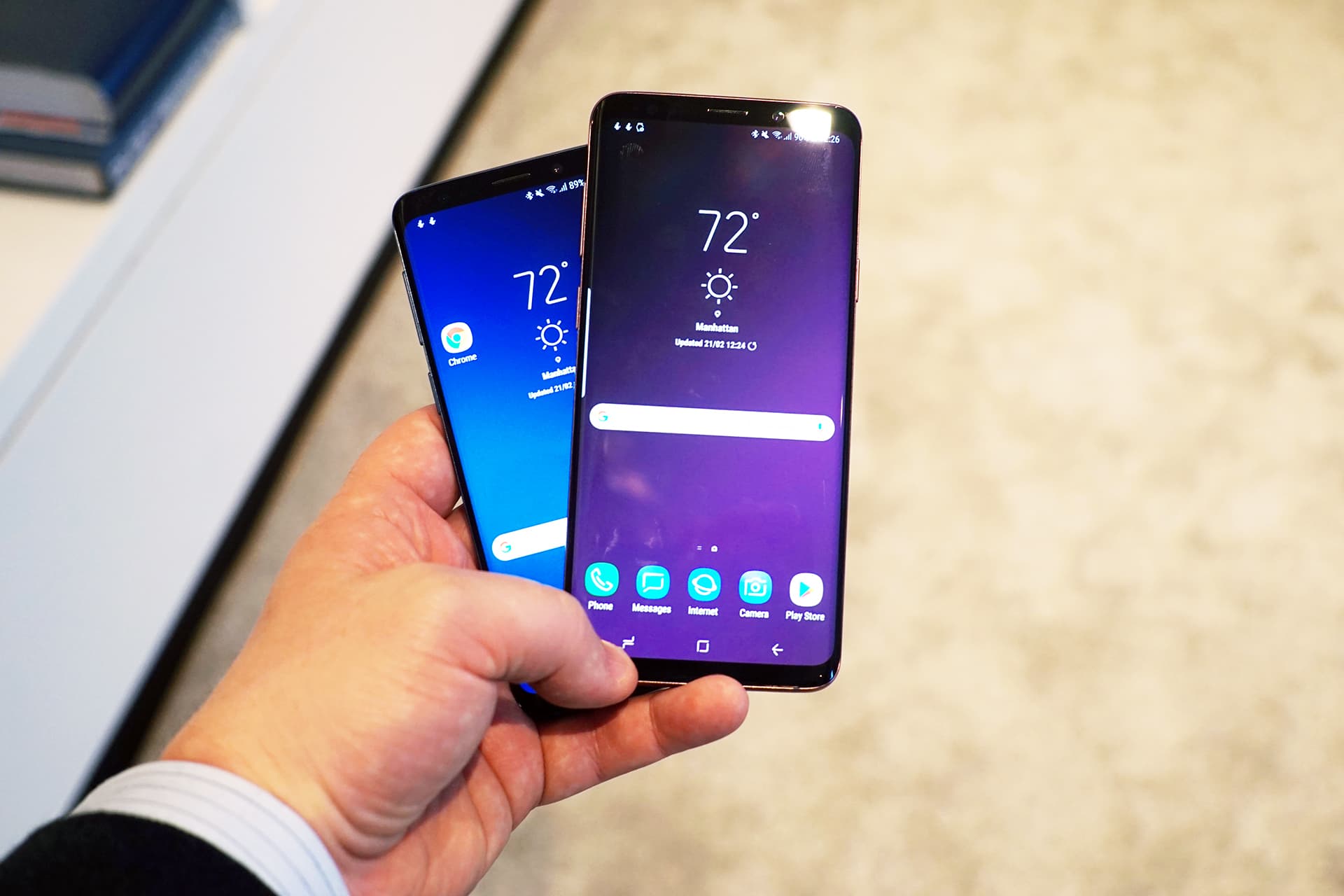Since its arrival in 1973, the mobile phone has evolved almost beyond recognition, serving as not just a communications device, but essentially a pocket computer, and much more besides. For most people, the smartphone is an integral part of daily life today. In this article, we look at five game-changing innovations that have—or will have—a profound impact on the modern mobile phone.
1. SIM and e-SIM
The subscriber identity module (SIM) is a card operating system that runs on an integrated chip. The SIM contains the personal identification number (PIN), the integrated circuit card identifier (ICCID), the international mobile subscriber identity (IMSI), and the personal unblocking key (PUK).
SIMs are gold-plated circuit chips that identify mobile phones, enabling users to connect securely to a network. Without a SIM, Harri Holkeri, Finland’s former prime minister, could not have called the deputy mayor of Tampere in 1991, making the world’s first GSM, or global system for mobile communications, phone call.
As well as enabling us to make phone calls, SIMs allow us to send and receive text messages and access the Internet. The idea of using an integrated circuit (IC) chip on a plastic card was first conceived in the 1960s, just before the first mobile phone was invented.
To pave the way for lower-profile devices, SIM cards have shrunk considerably over the years. They come in four sizes today: the full-size SIM card, mini-SIM, micro-SIM, and nano-SIM. Although SIMs have been pared down, the 25-year-old technology has survived virtually unchanged.
Although SIM-less phones are a possibility, smartphones are a prime example of an interdependent system that is virtually impossible to change unless everyone agrees to do the same thing. SIM cards appeal to mobile networks since they promote a strong customer bond. Generally more secure than the phones they are used in, SIMs are unlikely to disappear anytime soon.
2. Unbreakable Phones
Dropping your phone can be a costly accident, potentially resulting in a broken screen or phone. Fortunately, smartphone manufacturers are developing increasingly resilient phones. Nokia is working to develop a mobile phone with graphene, a substance 300 times stronger than stainless steel. In July 2020, the company patented a wearable device that uses graphene sensors to detect biometric parameters through sweat.
Thin and transparent, Nokia’s first flexible phone paves the way for a new generation of smartphones, with graphene used not just on the outside, but the inside too. Graphene is an excellent substitute for aluminum and copper-based cooling systems due to its thermal conductivity. Aside from phones, graphene-based batteries charge at lightning-fast speeds, bringing us to our next innovation.
3. Ultra-Fast Charging
Few things are more frustrating than a mobile device with short battery life or one that takes hours to charge. At the 2022 Mobile World Conference in Barcelona, one of the most exciting revelations was Oppo’s 240W phone charger, capable of bringing a 4500mAh cell from flat to full in the space of just nine minutes. With the percentage ticking up unrelentingly, it looks more like a download completion bar than a battery charge indicator, reaching a full charge in less than the time it takes to listen to a couple of songs.
Although the Oppo 240W is just a prototype, the brand hopes to roll out similar technology through 2022 that could bring down charging times to just 15 minutes. Other brands have quickly picked up the baton, offering their own ultra-fast charging solutions, chief among them Honor with its Magic 4 Pro, boasting 100W wired and wireless fast charging.
4. Stronger Screens
Despite a variety of display protection technologies being developed over the past few years, glass remains the material of choice for most mobile phone screens. Traditional glass is an incredibly fragile medium, resulting in millions of dollars being wasted on fixing cracked and shattered screens. While there are break-resistant alternatives to glass, primarily plastic, they are unsuitable for touchscreen devices.
Australian researchers have announced that they, along with scientists worldwide, are on the verge of solving this problem. Scientists from Queensland University have developed a new type of shatter-resistant, flexible, and touch-friendly glass that could have a game-changing impact on the smartphone market.
5. Cameras
The Sharp J-SH04, the world’s first camera phone, was released in Japan in 2000. In 2002 the Sanyo SCP-5300 arrived on American shores, marking the start of a megapixel war that has spurred the world’s leading mobile phone manufacturers to invest heavily in developing better and better mobile camera technology.
Over the years, camera phones have improved rapidly, usurping the traditional handheld camera to the point where it has become largely obsolete. Today’s camera phone offerings include the Apple iPhone 13 Pro, with its new macro mode, ultra-wide camera, and improved low light shooting. Not to be outdone, Sony released the Galaxy S22 Ultra in February 2022, incorporating a top-notch four-camera system that features ultra-wide, super-zoom, and telephoto modes with 40MP resolution and 8K video capture at 24fps.

